Current IV&V Projects
Current IV&V Projects: NASA’s IV&V Program is currently performing IV&V for the projects listed below

The symbol for the Artemis Program is a blue Earth with an A on top and a red swoosh that goes past the Moon toward Mars.
Artemis
With NASA’s Artemis campaign, we are exploring the Moon for scientific discovery, technology advancement, and to learn how to live and work on another world as we prepare for human missions to Mars. We will collaborate with commercial and international partners and establish the first long-term presence on the Moon. NASA will land the first woman and first person of color on the Moon, using innovative technologies to explore more of the lunar surface than ever before.
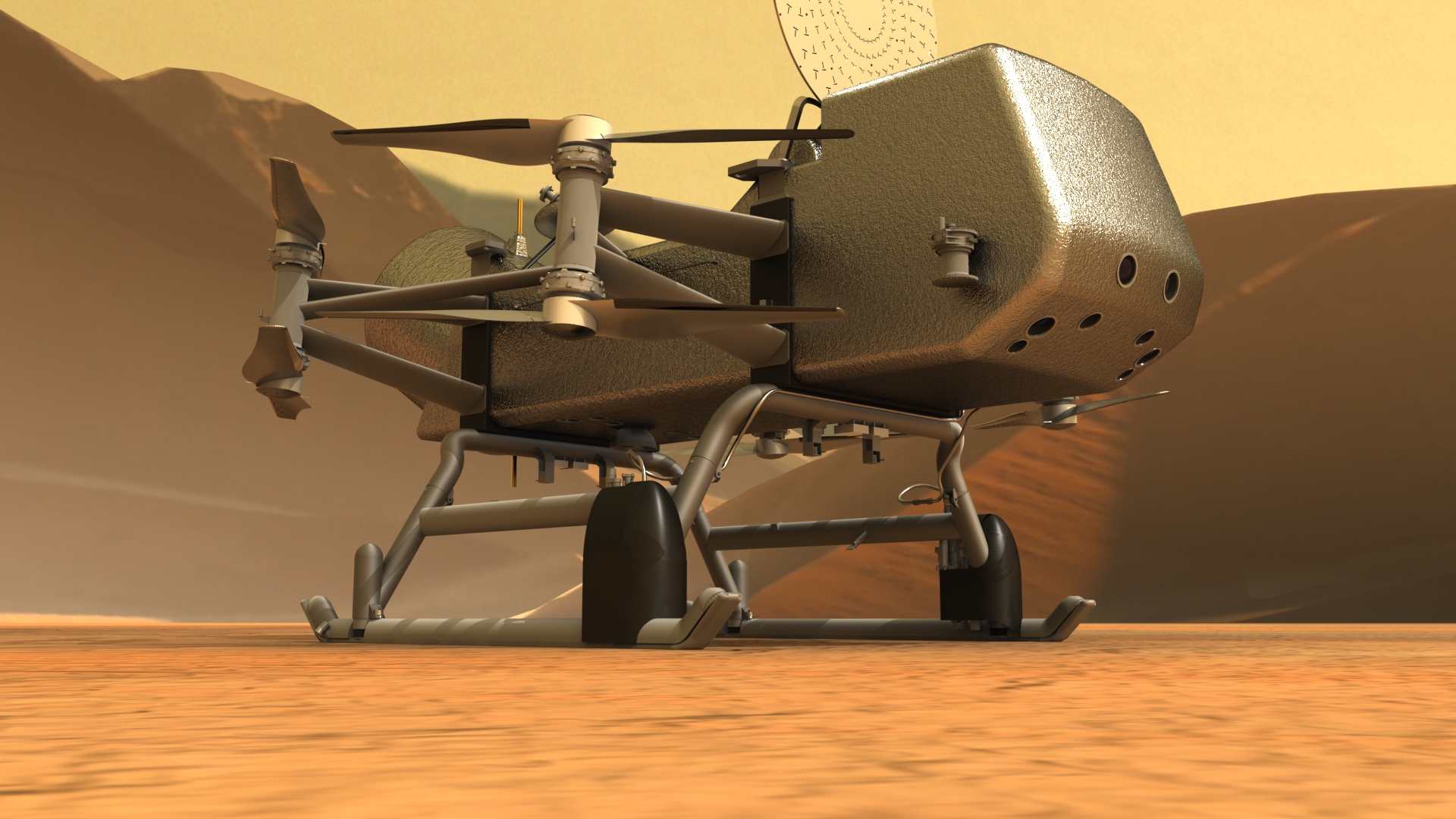
Concept art of Dragonfly drone
Dragonfly
Dragonfly is a drone-like rotorcraft that would explore the prebiotic chemistry and habitability of dozens of sites on Saturn’s moon Titan, an ocean world in our solar system. Dragonfly will study dozens of promising sites around Saturn’s icy moon Titan and advance our search for the building blocks of life in the universe.
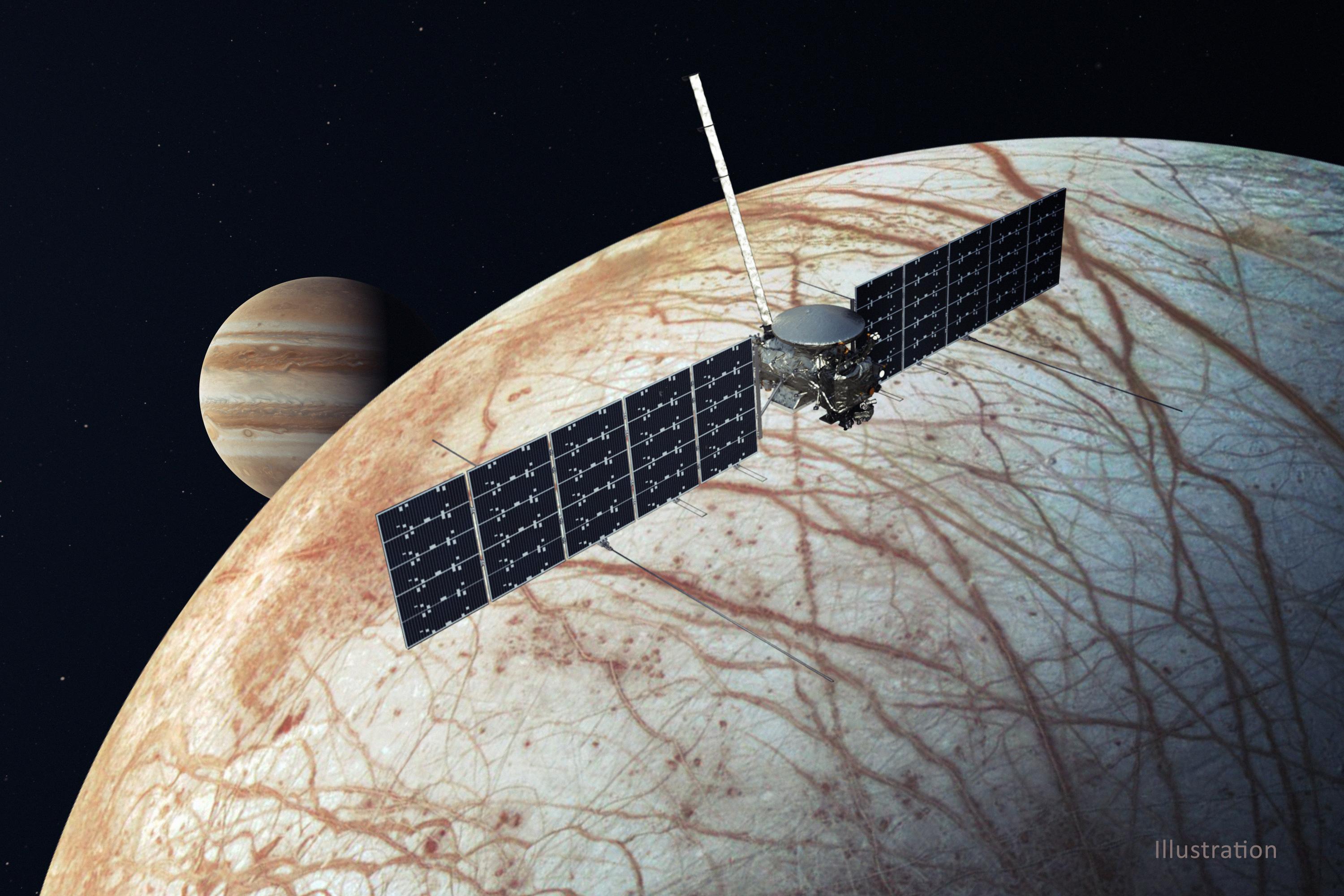
Concept art of NASA’s Europa Clipper
Europa Clipper
NASA’s planned mission would conduct detailed reconnaissance of Jupiter’s moon and investigate whether the icy moon could harbor conditions suitable for life.
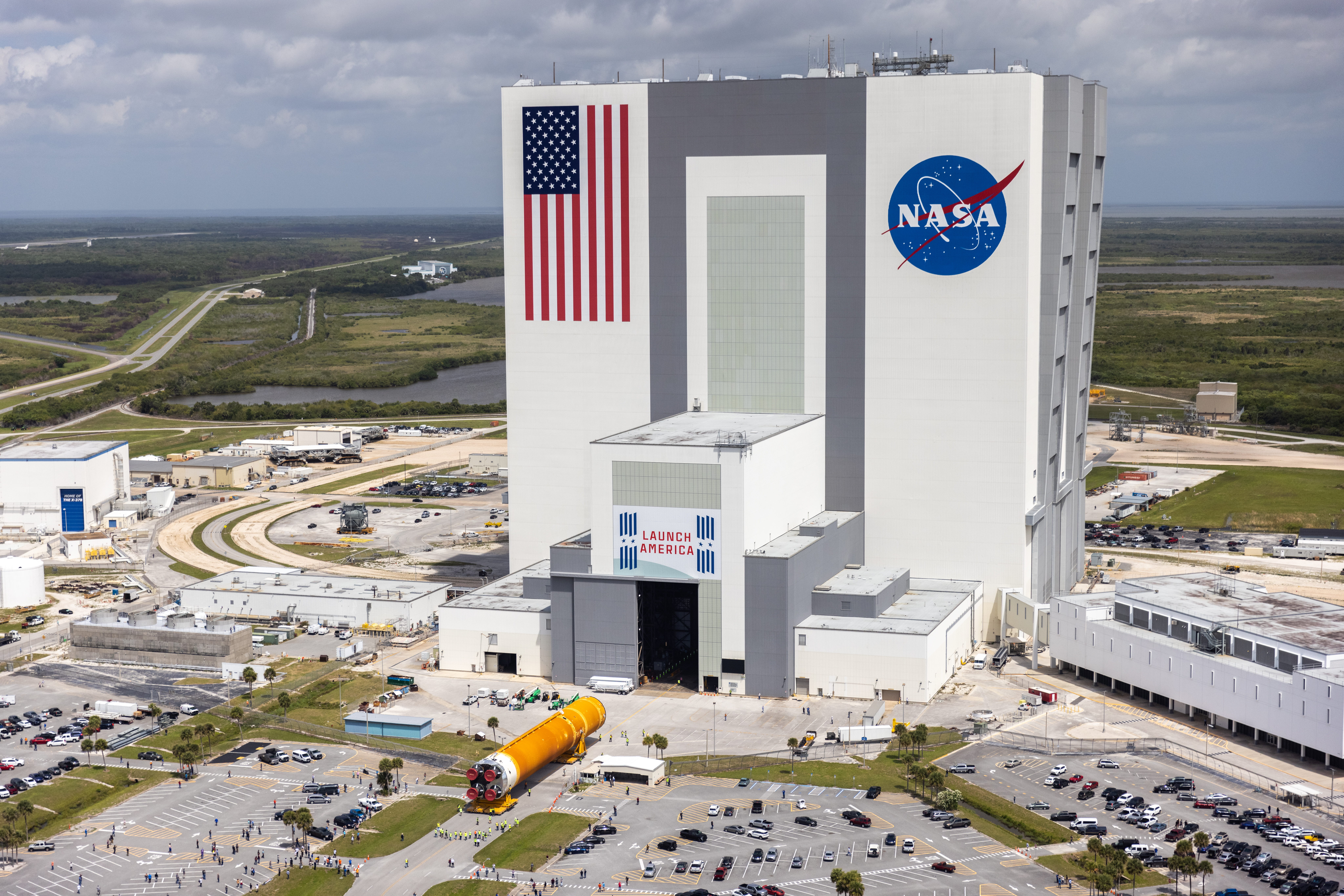
Aerial view of teams moving the Space Launch System core stage into the Vehicle Assembly Building at Kennedy Space Center following its arrival.
Exploration Ground Systems
Exploration Ground Systems’ primary objective is to prepare the center to process and launch the next-generation vehicles and spacecraft designed to achieve NASA’s goals for space exploration.
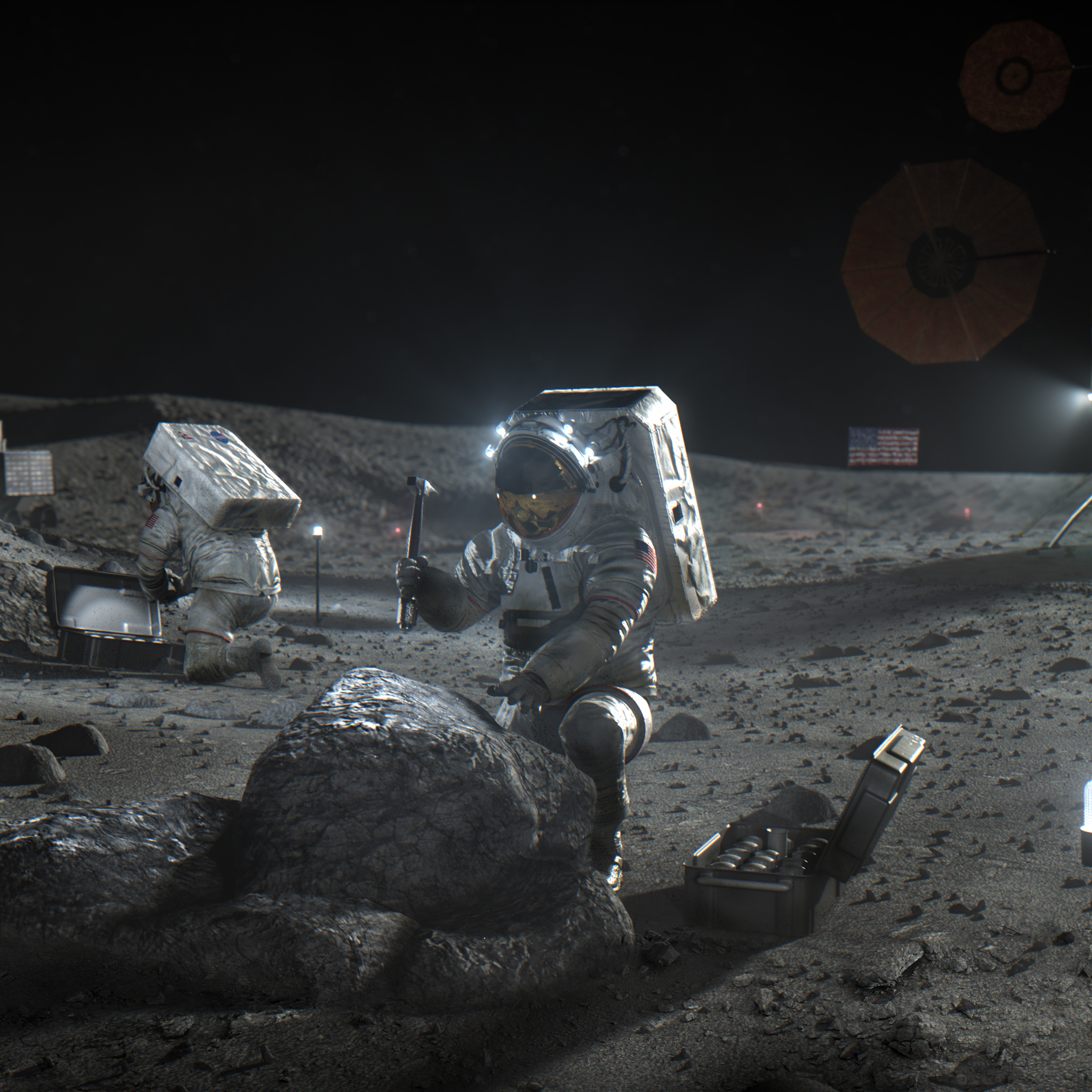
Illustration of Artemis astronauts on the Moon.
Extravehicular Activity and Human Surface Mobility
NASA’s Extravehicular Activity and Human Surface Mobility Program provides safe, reliable, and effective spacewalking and surface mobility capabilities that allow astronauts to survive and work outside the confines of a base spacecraft in order to explore on and around the Moon.

An artist’s render shows the Gateway lunar space station in near rectilinear halo orbit around the Moon. Credit: NASA
Gateway
Gateway is central to the NASA-led Artemis missions to return to the Moon for scientific discovery and chart a path for the first human missions to Mars and beyond. The small space station will be a multi-purpose outpost supporting lunar surface missions, science in lunar orbit, and human exploration further into the cosmos. NASA is working with commercial and international partners to build humanity’s Gateway.
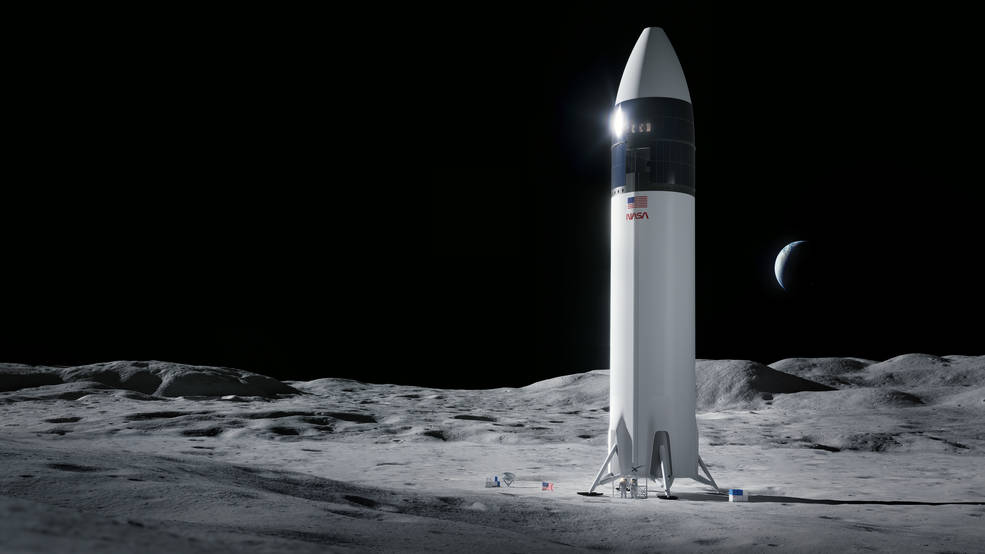
Artist’s concept of SpaceX Starship human landing system.
Human Landing System (HLS)
The Human Landing System (HLS) is the mode of transportation that will take astronauts to the lunar surface as part of the Artemis program, including the first woman and the first person of color.
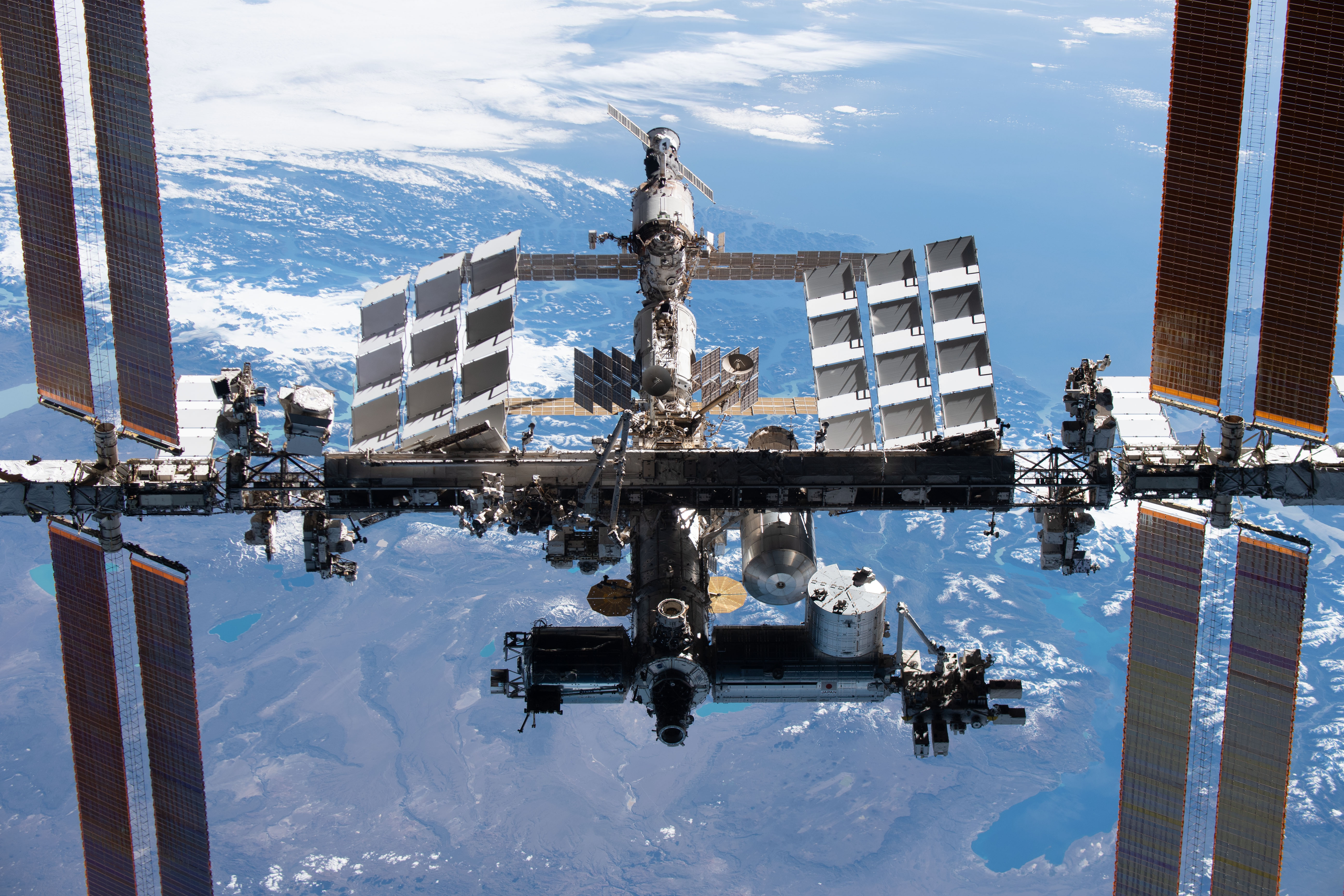
The International Space Station is pictured from the SpaceX Crew Dragon Endeavour lunar space station in near rectilinear halo orbit around the Moon. Credit: NASA
International Space Station (ISS)
The International Space Station is an unprecedented achievement in global human endeavors to conceive, plan, build, operate, and utilize a research platform in space. With the assembly of the space station at its completion and the support of a full-time crew of six, a new era of utilization for research has begun.
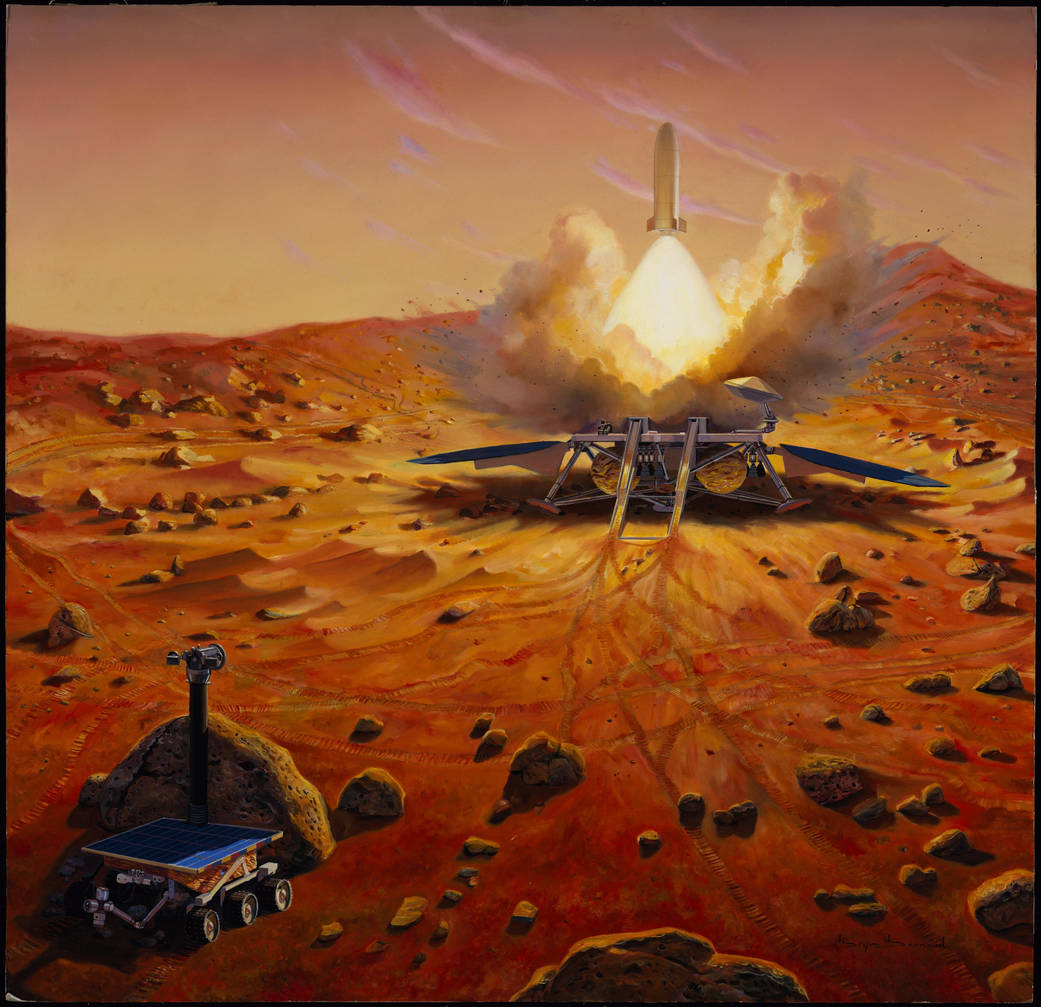
An artist’s concept depicts a Mars ascent vehicle starting a sample of Mars rocks on their trip to Earth.
Mars Sample Return (MSR)
Mars Sample Return (MSR) campaign will bring pristine samples from Mars to Earth for scientific study. Once on Mars, Perseverance aims to cache rock and regolith samples in its collection tubes. It then would leave some of them on the Martian surface for an ESA-provided “fetch” rover to collect and deliver to a NASA-provided Mars Ascent Vehicle, which then would launch the samples into orbit around Mars. An ESA-provided Earth Return Orbiter would then rendezvous with the samples in orbit around Mars and take them in a highly secure containment capsule for return to Earth in the 2030s.
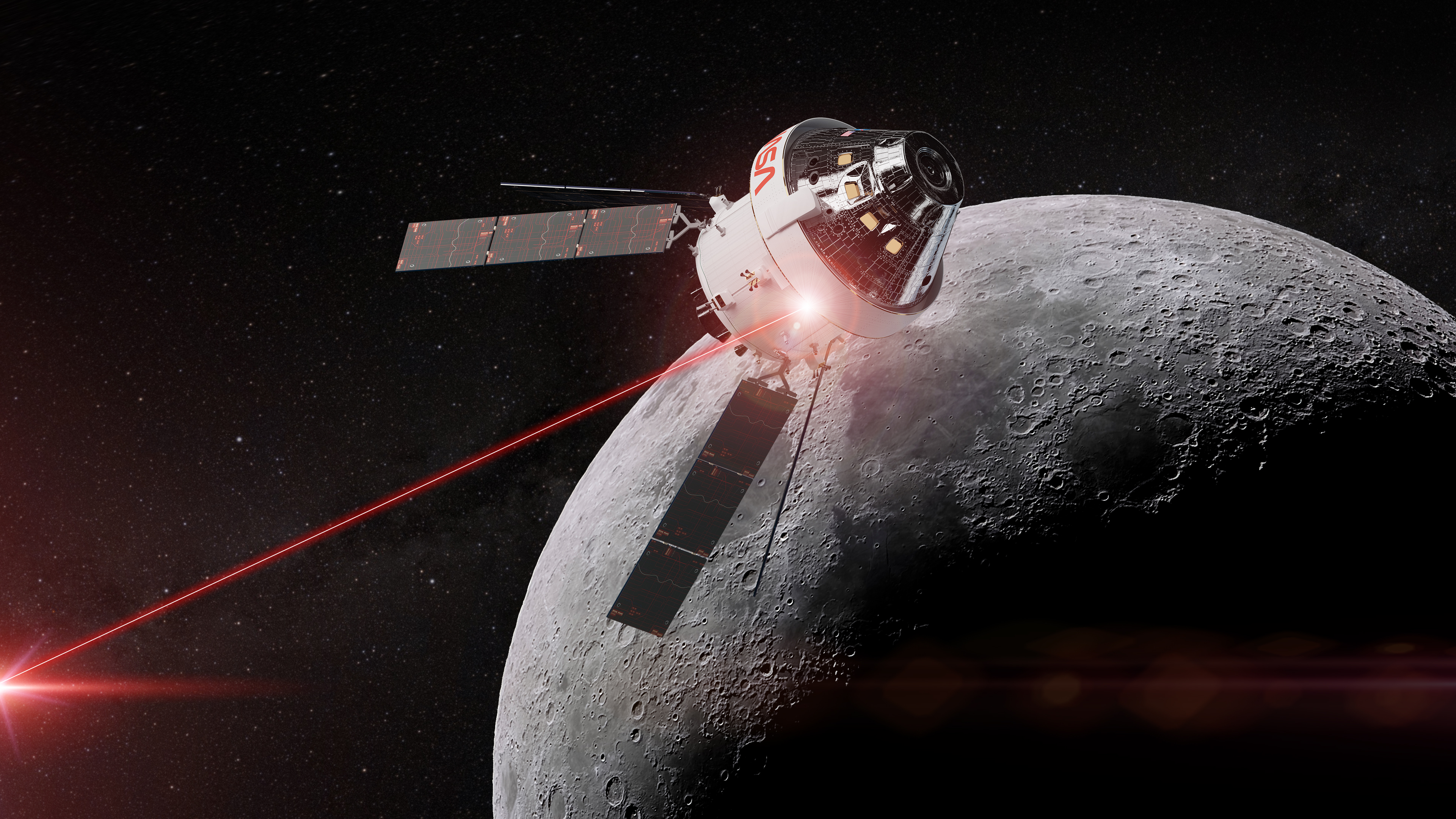
A visualization of the Orion spacecraft orbiting the Moon while utilizing a new cutting-edge technology, the Orion Artemis II Communications System (O2O).
Orion
NASA’s Orion spacecraft is built to take humans farther than they’ve ever gone before. On Artemis missions, Orion will carry the crew to space, provide emergency abort capability, sustain the crew during the space travel, and provide safe re-entry from deep space return velocities.
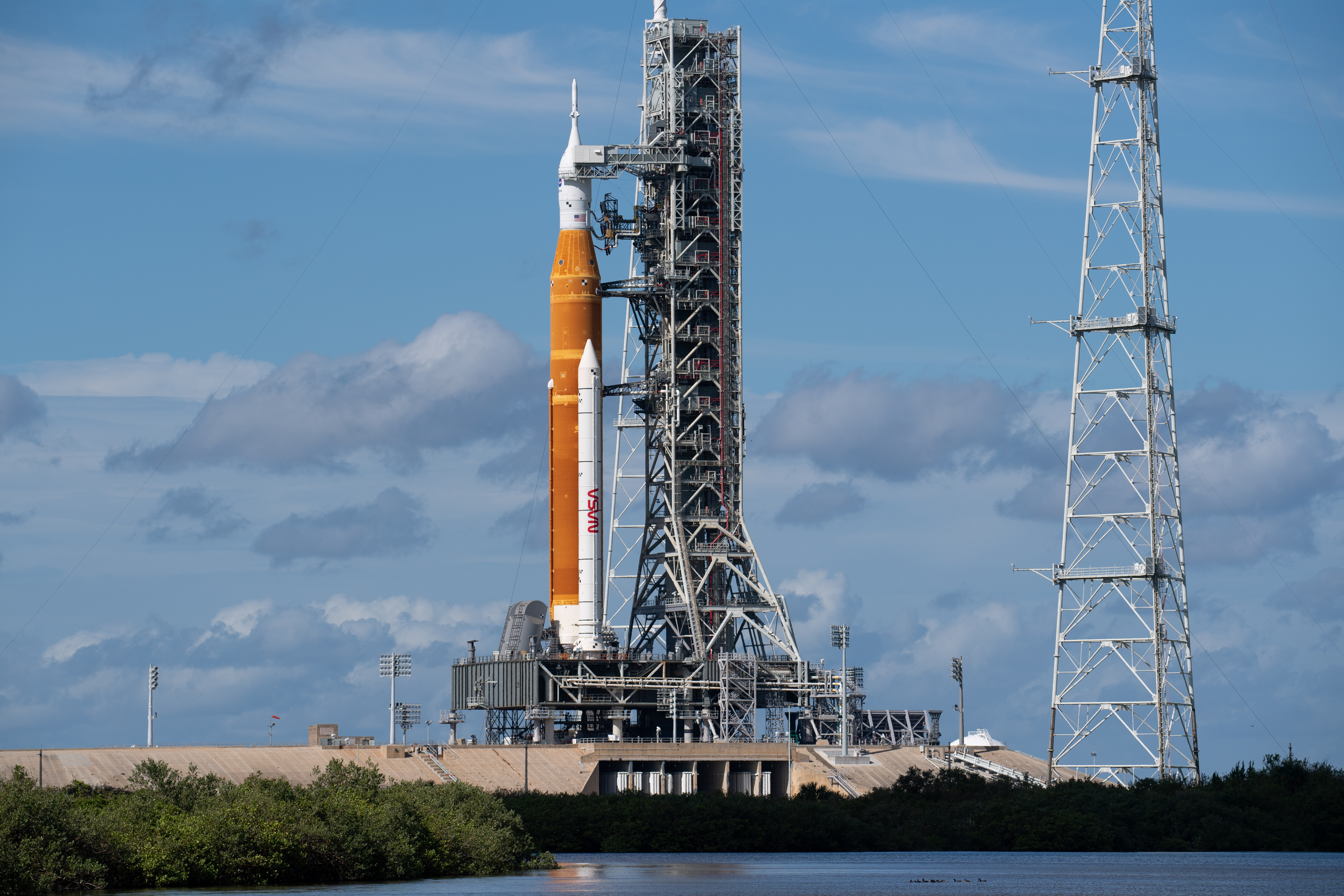
NASA’s Space Launch System (SLS) rocket with the Orion spacecraft aboard is seen atop the mobile launcher
Space Launch System (SLS)
The Space Launch System (SLS) Program will develop a heavy-lift launch vehicle to expand human presence to celestial destinations beyond low Earth orbit. This launch vehicle will be capable of lifting the Orion MPCV to asteroids, the moon, Lagrange points and, ultimately, to Mars.
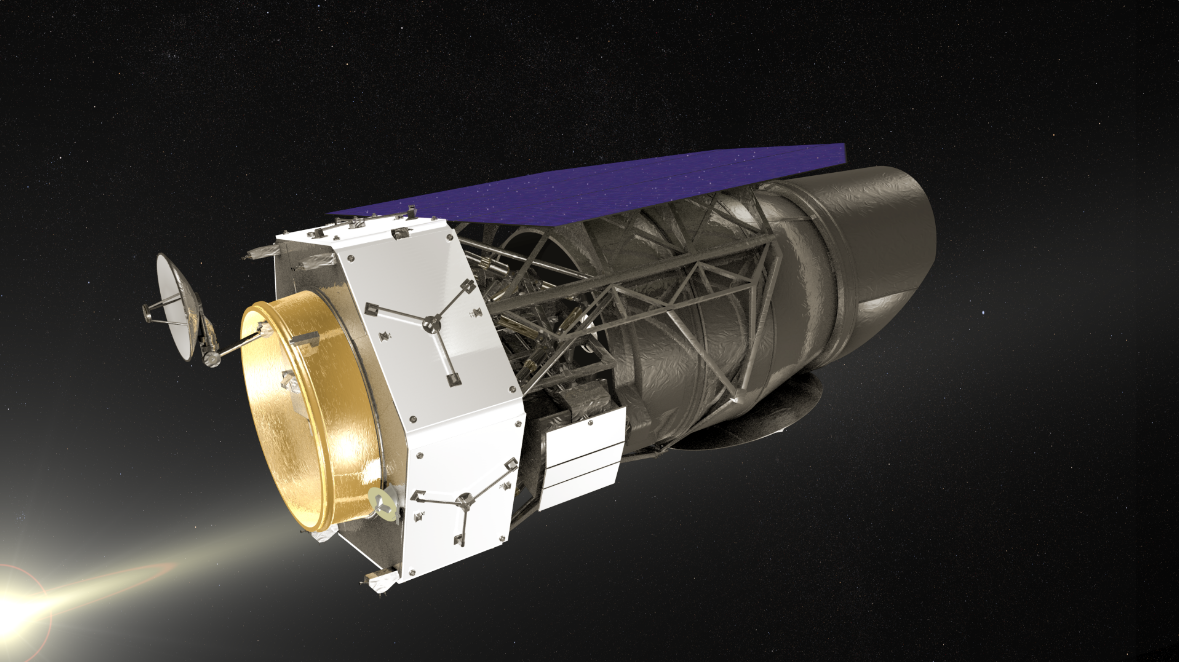
An artist’s concept of Roman Space Telescope (Formerly WFIRST)
Roman Space Telescope (Formerly WFIRST)
The Roman Space Telescope (formerly known as WFIRST, the Wide Field Infrared Survey Telescope) – a mission concept to answer vital questions in both exoplanet detection and dark energy research.

























